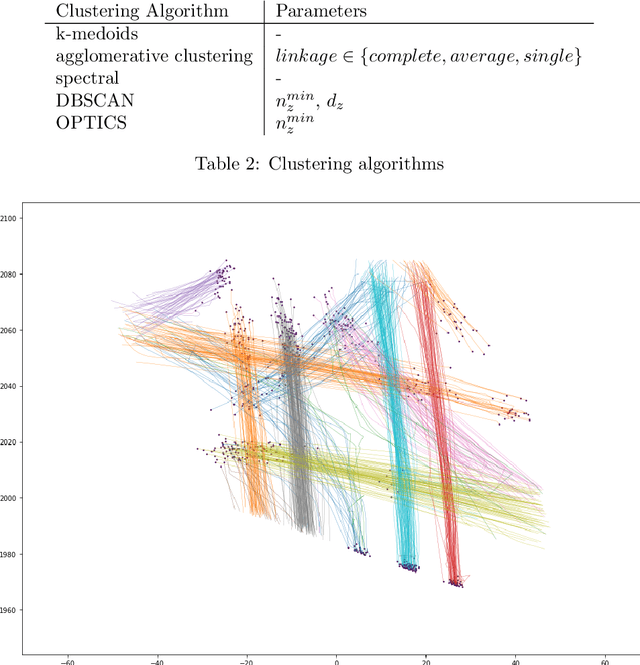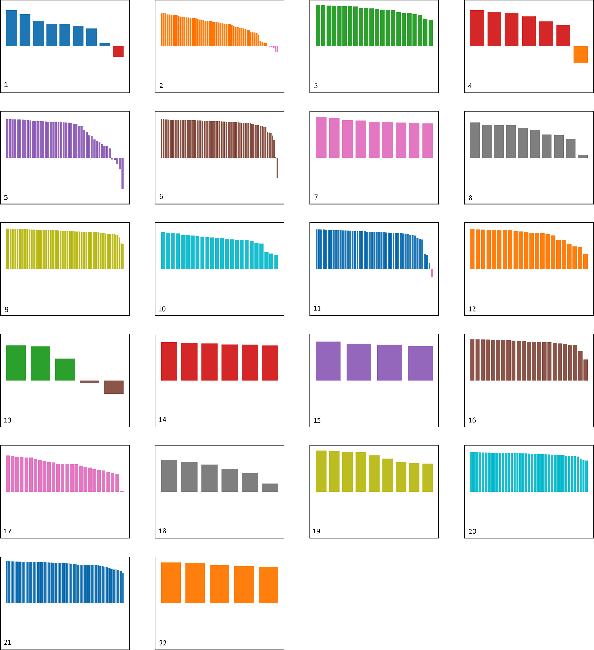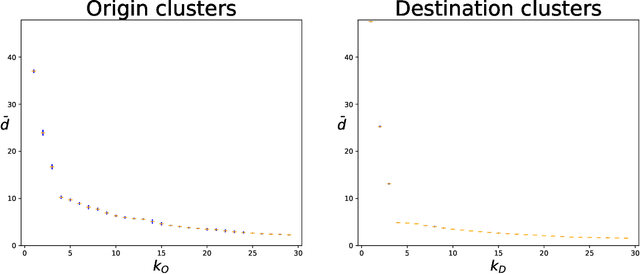Mohsen Rezaie
Trajectory Clustering Performance Evaluation: If we know the answer, it's not clustering
Dec 02, 2021



Abstract:Advancements in Intelligent Traffic Systems (ITS) have made huge amounts of traffic data available through automatic data collection. A big part of this data is stored as trajectories of moving vehicles and road users. Automatic analysis of this data with minimal human supervision would both lower the costs and eliminate subjectivity of the analysis. Trajectory clustering is an unsupervised task. In this paper, we perform a comprehensive comparison of similarity measures, clustering algorithms and evaluation measures using trajectory data from seven intersections. We also propose a method to automatically generate trajectory reference clusters based on their origin and destination points to be used for label-based evaluation measures. Therefore, the entire procedure remains unsupervised both in clustering and evaluation levels. Finally, we use a combination of evaluation measures to find the top performing similarity measures and clustering algorithms for each intersection. The results show that there is no single combination of distance and clustering algorithm that is always among the top ten clustering setups.
 Add to Chrome
Add to Chrome Add to Firefox
Add to Firefox Add to Edge
Add to Edge